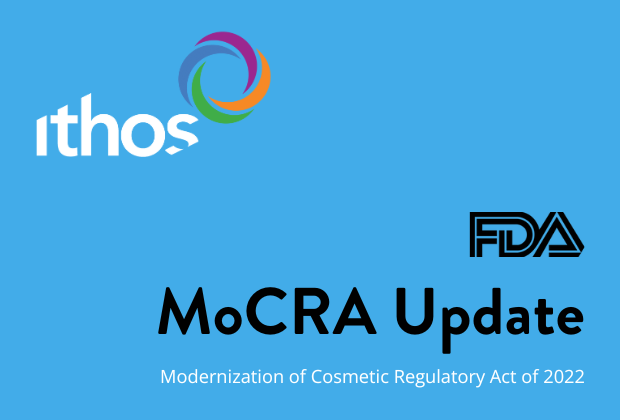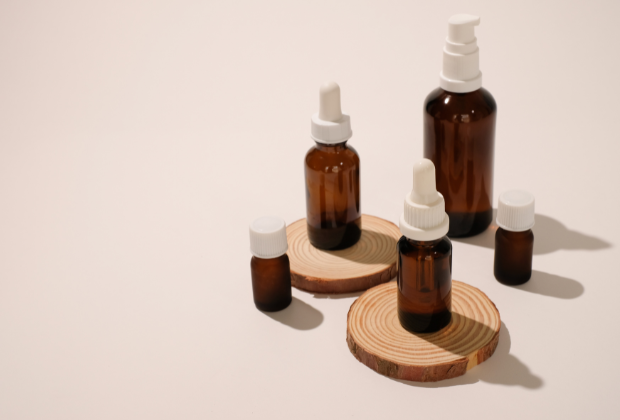On November 8, 2023, an FDA announcement was issued delaying enforcement of MoCRA Facility Registration and Product Listing requirements. Here’s what you should know.
What Changed?
The announced delay pertains only to the Facility Registration and Product Listing regulations described below. Compliance with all other statutory requirements by December 29, 2023 remains in effect. This includes but is not limited to safety substantiation, adverse event tracking and reporting, records access, and professional use labeling.
- FDA will start enforcing the MoCRA Facility Registration and Product Listing requirements beginning July 1, 2024 instead of the statutory deadline of December 29, 2023. This additional six months gives the cosmetics industry additional time to comply.
- FDA will not enforce the registration requirement only for owners or operators of facilities that first engaged in manufacturing or processing a cosmetic product after December 29, 2022 until July 1, 2024.
- FDA will not enforce the listing requirement for cosmetic products first marketed after December 29, 2022, until July 1, 2024.
- FDA plans to open their portals for Cosmetic Facility Registration and Product Listings in early December 2023.
Who Is Affected?
The new timeline for enforcing Facility Registration impacts all global Manufacturers (not otherwise exempt) producing cosmetic products to be sold in the US market.
The new timeline for enforcing Product Listings requirements impacts all responsible persons (not otherwise exempt) who must complete listings for cosmetic products sold in the US market.
Where Can I Find Updated Regulatory Resources?
How Can Ithos Help?
Ithos Global can provide software solutions and personalized regulatory services to help organize your data and evaluate your overall MoCRA compliance. We can also complete MoCRA product listings on your behalf.
And to ensure ongoing MoCRA compliance, our software includes the product fields necessary to capture, store, and export the required information for your formulas.
Contact us to learn more!












